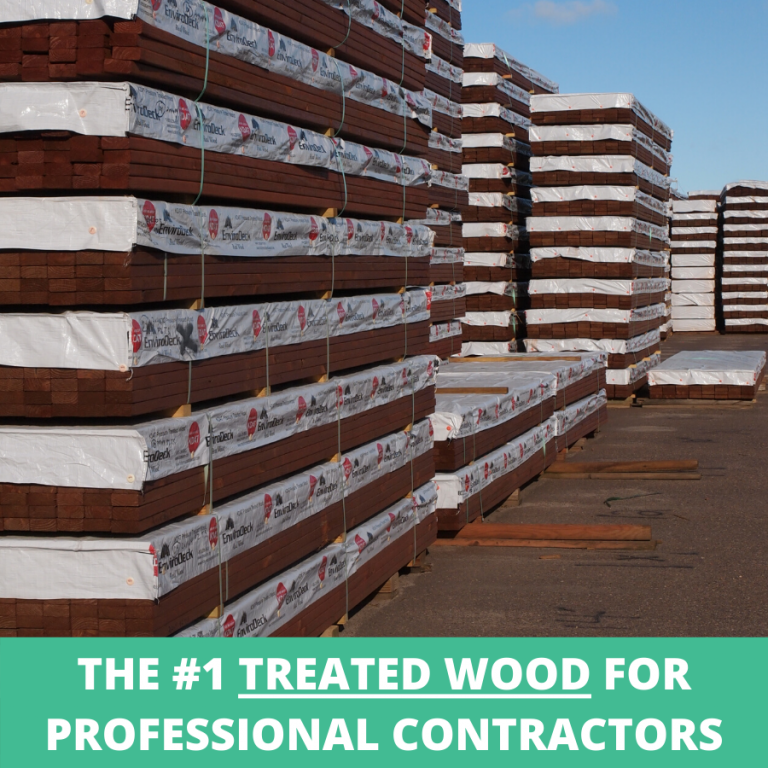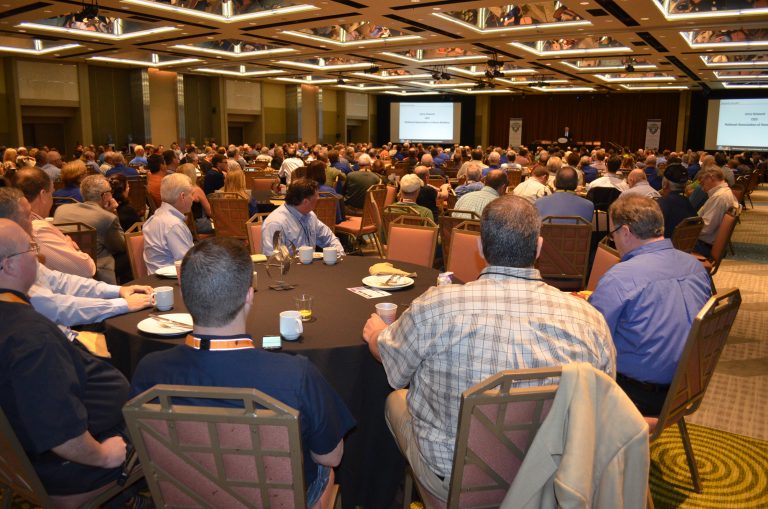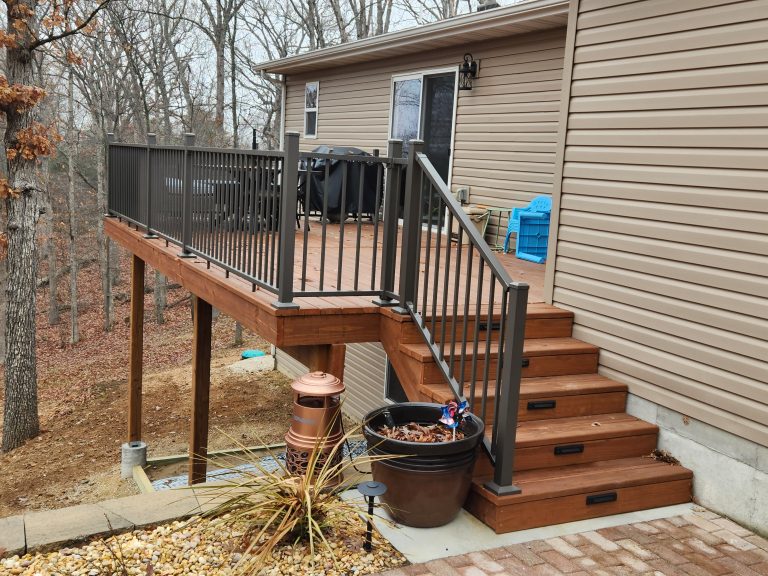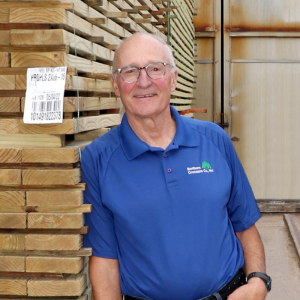KDAT The Best Framing Option for Composite Decking
Composite decking has grown to be a frontrunner in popularity over the years. Brands like Trex, TimberTech, Fiberon, Deckorators have entered the market with product alternatives to real, natural wood.
However, while you might be in awe of the performance of composite decking on the surface, there’s something troubling lurking within – and that’s the foundation of your new composite deck.
According to Popular Mechanics, “…75% of all new decks are covered with pressure-treated decking and virtually every deck understructure is made of pressure-treated lumber.”
Regular Pressure Treated (Green Treated Lumber) – you know, the stuff you buy from your local yard or big box store?
Yet, building with regular green/wet treated wood comes with some drawbacks for lasting performance.
In this article, we’ll talk about KDAT as the best choice for decking substructure – and why you should think twice about putting your beautiful, new 21st century deck on a 20th century deck frame like green treated wood. You could be setting up yourself for potential failure.
What Homeowners Don’t Know About Decks and Substructure
Homeowners are more budget-conscious than ever, and they’re well researched. The options for hiring a deck builder and decking products are endless. Most start by searching online. And after weighing the pros, cons and budget of decking material, most make the decision on the composite decking they like the most.
Good, qualified deck builders also know how competitive they need to be in their products and services. And while they can’t always compete on price of the composite decking, they can create lower bids by using wet/green framing material, and win your business. And for the most part, even educated homeowners won’t know the difference…at least right away.
The problem starts when your brand new composite deck boards start waving, or fasteners start popping months after your new deck is complete. And though it may appear as if there must be some installation issue, the truth is, the deck builder likely used traditional wet/green treated lumber as the substructure.
Wet/green pressure treated lumber provides rot resistance, is commonly available, and is a relatively inexpensive option for framing/substructure of composite decking. But, since it’s pressure treated, it will have a great deal of moisture still absorbed by the wood when it’s built.
As wood naturally releases moisture, that once straight board starts to warp, twist, cup, check in sporadic ways unknown to both the builder and homeowner.
And when this happens? Your brand new composite deck starts looking like a “problem deck”, when the issue could’ve been avoided from the beginning.



Using KDAT Lumber for Composite Deck Framing
What if you could avoid all of the problems associated with wet/green treated decking by adding an amount as little as an extra $200 to your 12×12 deck?
The truth is, for an extra 10-20% spent on your framing materials, your deck builder can use KDAT pressure treated wood. It offers the same rot resistance as green lumber with many big differences.
KDAT wood is still pressure-treated, but up to 80% of the moisture is removed during the drying process. That means minimized warps, cups, twists common with green treated wood and most importantly, a more stable substructure for your brand new composite decking.
And unlike green treated wood, you don’t have to wait 6 or 12 months to seal, paint or stain. Since the wood has already been dried, it can be sealed, painted or stained immediately, giving you the substructure look you want as soon as your deck is complete.
Not to mention, it comes highly recommended, even by composite companies themselves.
TimberTech mentions on their website:
…for the best (deck joist) results, consider using kiln-dried lumber for the substructure to reduce twisting, warping, sagging…
FineHomebuilding Magazine also boasts about the benefits of using KDAT lumber:
…dried lumber makes building easier…recommended using KDAT lumber for all ledgers, beams and joists to minimize movement and keep the deck looking better longer…
Benefits of Using KDAT Wood for Composite Decking Framing
There are numerous reasons to use KDAT wood for composite decking framing and substructure vs. traditional green/wet treated lumber.
- KDAT wood is significantly lighter and easier to handle. Since 80% of moisture is removed in the drying process, the extra weight just isn’t there.
- KDAT wood is more resistant to shrinks, cups and warps. Again, moisture removal brings your treated boards close to their original size before treatment.
- It’s much easier to saw and plane – Dry, not filled with moisture like green pressure treated wood.
- Better holding power for nails and screws – Nails and screws hold better in dry wood than wet.
- KDAT wood can be painted, stained and sealed immediately! Unlike green wood, where the wait to stain can be 6-12 months, you can paint or stain KDAT right away
It’s important to mention that while the KDAT process helps to improve the stability of pressure treated wood, it does not make it impervious to wood’s natural characteristics. This is especially true if it is exposed to wetting and dry cycles prior to installation.
Planning On Building A Deck With Composite Decking?
Before you begin, ask your builder or local lumber yard about KDAT (Kiln Dried After Treatment) Wood. Even if it’s not available, the recommendation is to frame out your composite decking using KDAT and not green treated wood. Northern Crossarm Company specializes in KDAT lumber. We serve the entire United States East of the Rocky Mountains. To learn where you can find our KDAT lumber, give us a call at 715-723-4100 or email us at sales@crossarm.com
